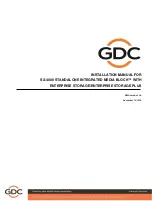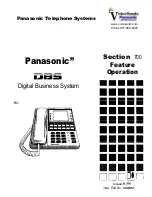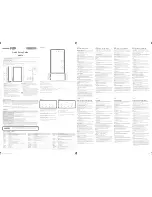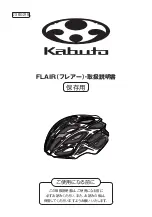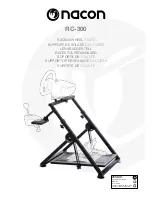
61
6
How can stable distinction be secured even when a work
rotated during measurement?
Perform the rotation correction.
•
See "Rotation Correction" on Page 39.
Identity lowers when image is taken with the shutter
actuated.
SHUTTER (Shutter time) may be long.
• When the set value of SHUTTER (Shutter time) is long, the image will
be blurred if the work moves. Since the images cannot be correctly
compared if blur occurs, shorten the set value of SHUTTER (Shutter
time) and make the screen brighter by getting the sensor close to the
work, adding an external lighting, or increasing the set value of IMG
GAIN (image sensor gain).
• The blur amount is obtained by the following equation.
When RESOLUTION =0:
Blur amount =Shutter time set value (0.1 ms) ×Work travel speed (m/s) / Horizontal
width of imaging area×20.8
When RESOLUTION =1:
Blur amount =Shutter time set value (0.1 ms) ×Work travel speed (m/s) / Horizontal
width of imaging area×10.4
(e.g.) When shutter time set value = 135, Work travel speed = 0.7, Horizontal width of
imaging area = 30,
Number of pixels causing blur = 32.76
Shape deforms when moving work is imaged.
CMOS image sensor used for CVS2 opens the shutter from right
to left in the screen in sequence. Therefore, the imaged shape
deforms if the travel speed of a work is fast.
The width will be wider when a work travels from right to left, while
it will be narrower when a work travels from left to right. Also, the
image will be slant toward lower left when a work travels from top
to bottom.
• In order to obtain better image, set RESOLUTN (Resolution) to “1” or
lower the resolution in the horizontal direction of the image sensor by
increasing SCREEN (Screen size) the value of SCREEN (screen size).
• If the travel speed of a work does not change greatly, take image of
a traveling work and teach it to the sensor. Then, deformed shape is
registered and can be used for comparison.
TROUBLESHOOTING
Ramco Innovations
www.optex-ramco.com
phone 800-280-6933


























